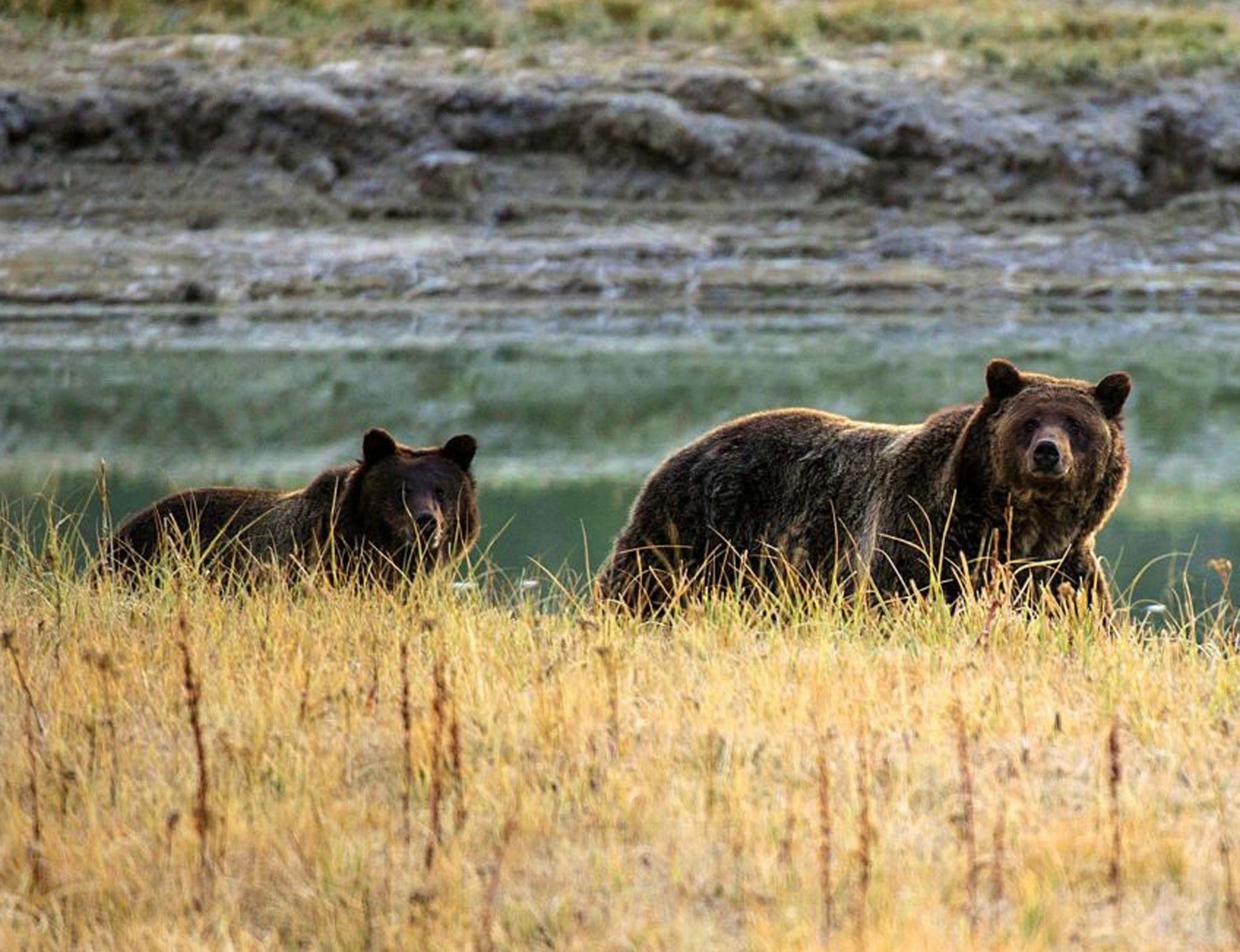Grizzly bear kills hunter in the first fatal mauling at America’s biggest park
Wrangell is America’s largest national park at more than 20,625 square miles

Your support helps us to tell the story
From reproductive rights to climate change to Big Tech, The Independent is on the ground when the story is developing. Whether it's investigating the financials of Elon Musk's pro-Trump PAC or producing our latest documentary, 'The A Word', which shines a light on the American women fighting for reproductive rights, we know how important it is to parse out the facts from the messaging.
At such a critical moment in US history, we need reporters on the ground. Your donation allows us to keep sending journalists to speak to both sides of the story.
The Independent is trusted by Americans across the entire political spectrum. And unlike many other quality news outlets, we choose not to lock Americans out of our reporting and analysis with paywalls. We believe quality journalism should be available to everyone, paid for by those who can afford it.
Your support makes all the difference.A grizzly bear mauled and killed a hunter in an Alaskan national park on Sunday, the National Park Service confirmed, the first known mauling fatality in the park’s 40-year history.
The hunter’s identity, along with a more detailed description of the incident, is being withheld pending an investigation.
According to an NPS statement on Tuesday, the hunter was out exploring Wrangell-St. Elias National Park and Preserve as part of a 10-day moose with a friend. No-one else was injured.
Wrangell is America’s largest national park at more than 20,625 square miles, bigger than Yellowstone and Yosemite combined. Bear attacks are rare, but increasing.
Federal wildlife authorities urge hunters and anyone else exploring this kind of backcountry to be “Bear Aware.”
Bears tend to be shy around people, but can get aggressive if they perceive a threat to their young or their food, or are approached too closely. The US Forest Service recommends remaining calm, carrying bear spray, and storing food and other items in sealed, bear-safe containers.
The massive park is within the normal geographic range of grizzly bears in Alaska, but climate change is quickly altering their behavior.
Scientists have found that drought and other climate change effects are altering how grizzly bears eat in Alaska.
Join our commenting forum
Join thought-provoking conversations, follow other Independent readers and see their replies
Comments